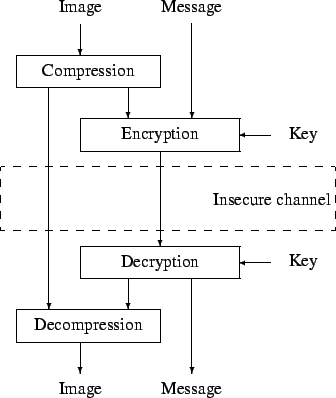Selective encryption of JPEG files

|
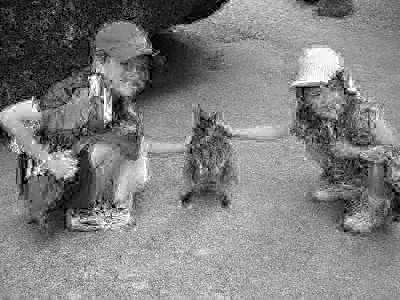
|
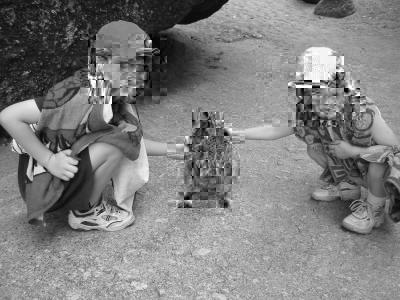
|
| Original image | Selective encryption | Selective encryption of some parts only |
Principle
JPEG uses the DCT transform to compress images. As described in [1], it is possible to encrypt parts of the JPEG bitstream and guarantee the following properties:
[Visual acceptance] Part of information may be visible but the encrypted image should look noisy.
[Selective encryption] Encryption occurs after compression and leaves parts of the bitstream unencrypted.
[Constant bit rate] Encryption should preserve the size of the bitstream.
[Bitstream compliance] The encryption step should produce a compliant bitstream according to the chosen format definition.
The process is shown in Figure 1↓.
Here follows an example.
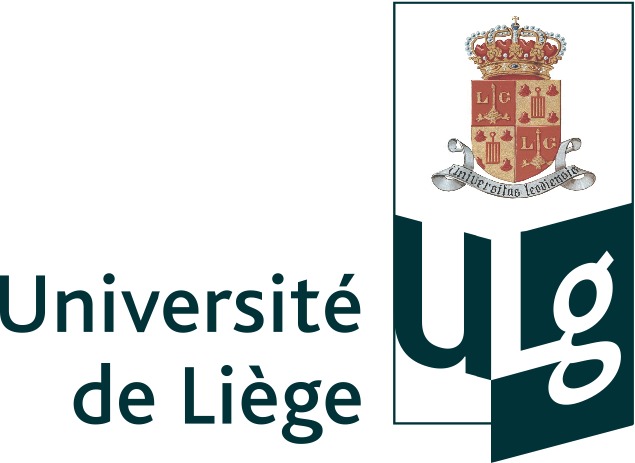
|
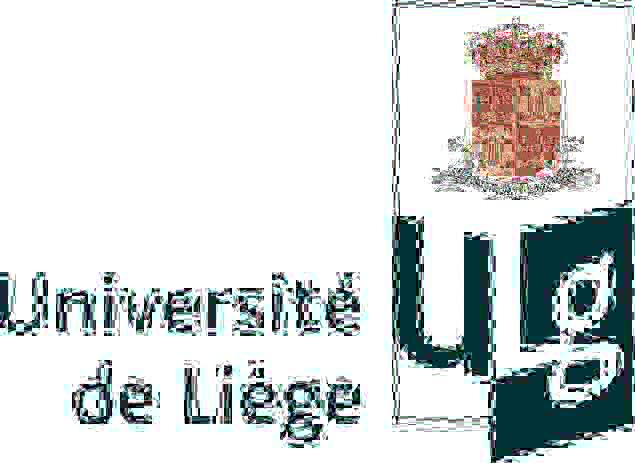
|
| Original image | Encrypted image |
For the same principle applied to videos, follow this link.
Software description
Please contact Mr Van Droogenbroeck if you are interested in the software. We can provide both a program (for Windows or Linux) and the full source code. Here are the specifications of the software:
- Programming language: standard C (compiled with gcc).
- Real time encryption and decryption.
- External dependencies: Intel® Integrated Performance Primitive.
- Possibility to encrypt only parts of the image (see [2] and right-hand side top illustration).
- Cascading of encryption (over-encryption) is possible and reversible.
References
[1] . Techniques for a selective encryption of uncompressed and compressed images. Advances Concepts for Intelligent Vision Systems (ACIVS):90-97, 2002. URL http://www.telecom.ulg.ac.be/publi/publications/mvd/acivs2002mvd/index.html.
[2] . Partial encryption of images for real-time applications. Fourth IEEE Signal Processing Symposium:11-15, 2004. URL http://www.telecom.ulg.ac.be/publi/publications/mvd/sps-2004/index.html. Invited presentation.
